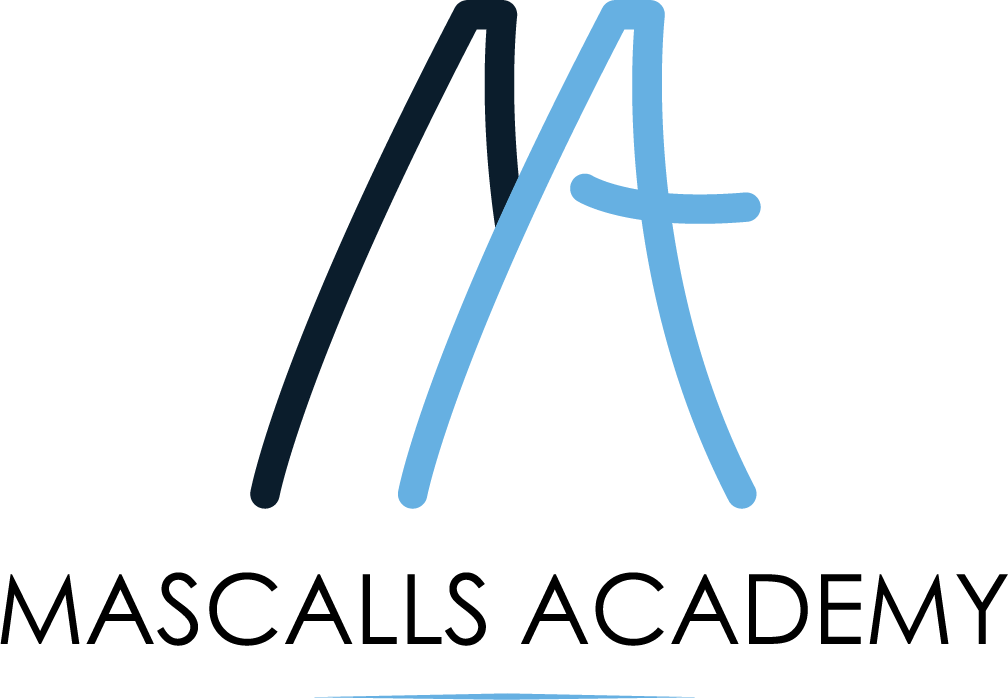Topic 1
Follow a brief and plan for research. Exploring Wooden boxes. Understanding the need for a target market and creating a customer profile. Exploring types of wood and exploring the properties of woods and how they impact choice also being aware of what sustainability means when exploring woods . Explore joining techniques and demonstrate making a comb joint evaluating after. Be able to explore products using analysis techniques and be able to conclude findings.
Topic 2
Writing a specification and a final design brief. Learn drawing techniques one point and two point perspective and rendering techniques. Being able to apply these techniques to everyday products. Design ideas for their storage boxes and be able to use annotations to communicate ideas using ACCESS FM. Be able to apply subject knowledge from prior research. Be able to use prototyping and testing to develop a final solution.
Topic 3
Learn to use the fret saw, pillar drill and a range of hand tools safely. Be able to create a plan to make and effectively plan the manufacture of the box along with timings and thought around health and safety/risk assessment. Independently create a box using the tools and equipment. Explore finishes and how to achieve quality in practical work. Each pupil will create a comb jointed box with a lid that would have been designed and created by the pupils.
Evaluating the final product. Considering ways to test and be able to evaluate. Considering peer assessment/self assessment/ being able to evaluate against a specification criteria. Considering the environmental impact of the product and its effect on natural resources.
Statement of Inquiry
To be updated
Key Concept(s)
To be updated
Related Concept(s)
To be updated
Students will utilise a range of CAD software packages and CAM manufacturing techniques to develop a culturally inspired tea light holder. By utilising iterative conceptual design techniques the students will understand how CAD / CAM can be used to create unique designs that can be adapted to suit individual needs.
Statement of Inquiry
To be updated
Key Concept(s)
To be updated
Related Concept(s)
To be updated
To understand Healthy eating and nutrition. To consider the impact of Diet and lifestyle.Health and safety/hygiene and cutting skills/techniques.
Pupils will learn about health and safety in the kitchen. They will learn about basic tools and hygiene in the kitchen. Pupils will develop understanding of nutrition and diet and how this impacts everyday lives. Pupils will research cutting methods and trial these demonstrating their own practical skills. Pupils will be given opportunities to apply research skills to actual dishes encouraging them to adapt. Pupils will be developing evaluating skills after each dish. Pupils will design their own healthy pizza base around the skills and knowledge they have learnt. They will also look at a different culture: Spanish recipes and dishes. (MYP Cross curriculum) This will lead to a final assessment which will be based on a practical. Cooking methods and links to skill level.
Statement of Inquiry
To be updated
Key Concept(s)
To be updated
Related Concept(s)
To be updated


